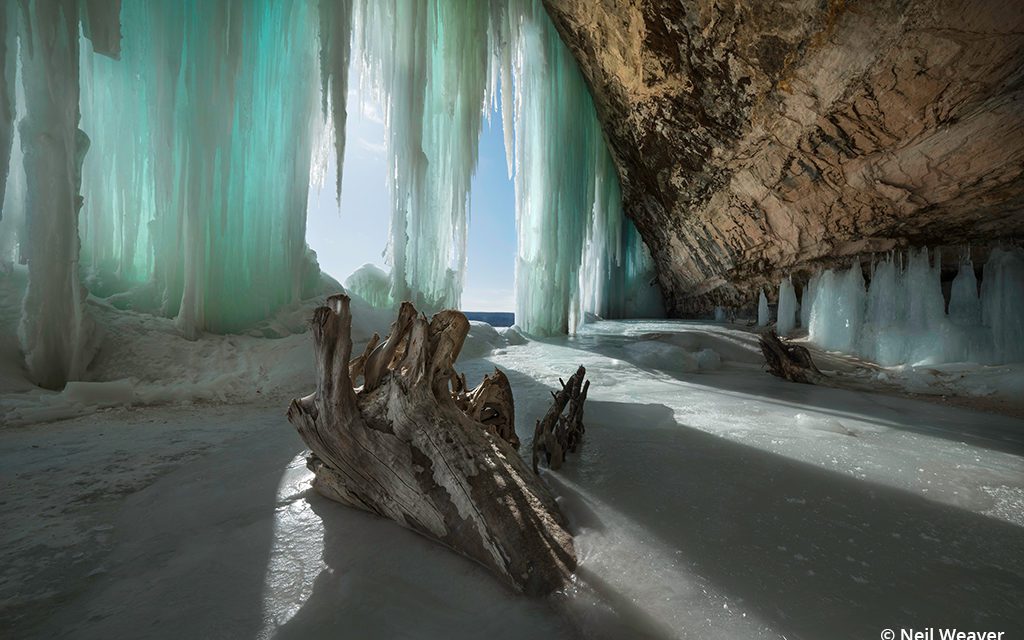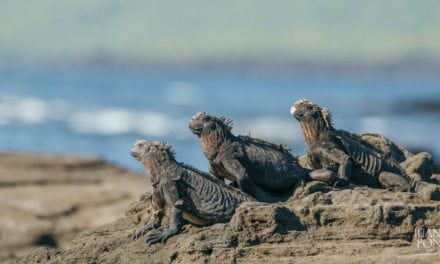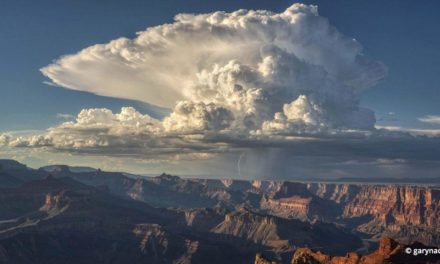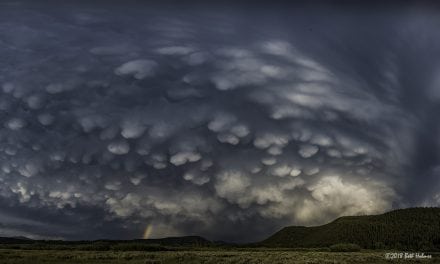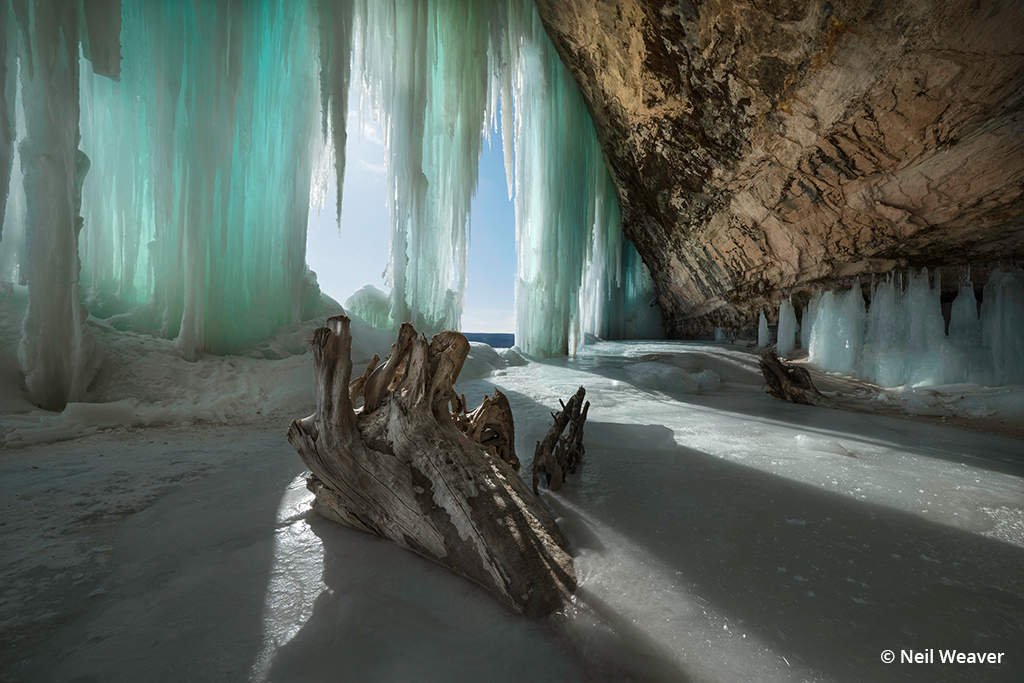
Grand Island National Recreation Area is located in Michigan’s Upper Peninsula, surrounded by the crystal-clear waters of Lake Superior, about a half-mile offshore from the town of Munising. This 13,500-acre wilderness island is part of the Hiawatha National Forest and features massive sandstone cliffs, just across the lake from its famous neighbor, Pictured Rocks National Lakeshore. Summer visitors arrive by ferry or kayak and enjoy hiking, mountain biking and backpacking. Winter visitors face the daunting and potentially dangerous task of crossing Lake Superior on snowshoes, cross-country skis or snowmobiles to access a wonderland of ice caves and ice curtains that stretch for miles along its rugged shore.
Weather At Grand Island National Recreation Area
Lake Superior can produce extreme weather that can evolve very quickly. Winter temperatures can range from the upper 20s all the way down to well below zero. Be sure to check local weather reports before making the trek, keeping in mind that the windchill on Lake Superior will feel much colder than the predicted temperatures. In addition to bringing ice cleats for the ice curtains, it’s good to pack hand warmers for thawing your tripod if the icy conditions freeze the locks. Since there are no services of any kind on the island, bring extra layers, emergency gear and food as well as water in an insulated thermos. If the snow is quite deep when you visit, wear snowshoes for the crossing, rent a snowmobile or consider hiring a local guide to transport you.
Photo Experience
The deep cold of a typical Upper Peninsula winter creates spectacular blue-green ice curtains by freezing the water that flows continuously from mineral springs and seeps in the cliffs. These ice formations are constantly changing, ultimately building enormous, intricately textured walls of blue-green ice extending 20 feet or more from the rocky ledges above. The cliffs along the southeastern part of the island (about a half-mile from Sand Point on the mainland) are the most ideal for photography. Visit on a sunny day, if possible, to capture the vibrant colors of sapphire, aquamarine and emerald in the ice. Some of the most engaging images can be made by shooting from behind the ice curtains with an ultra-wide lens, allowing the sun to shine through and highlight the colors and textures in the ice. Plan to set off before dawn as the sunrise will illuminate the cliffs and the cool-toned ice curtains with wonderfully warm hues of magenta and gold. If time allows, follow the shoreline just west of the ice curtains to the East Channel Lighthouse, a beautifully weathered wooden structure that’s perfectly situated to catch the late-afternoon sunset light.
Best Times To Visit
Winter access to Grand Island is highly dependent on lake ice conditions. Some years, the ice in the 80-foot-deep channel between the mainland and Grand Island doesn’t freeze sufficiently to allow crossing. Other years, the ice builds just enough to make it possible to cross, typically in early March, but such favorable conditions may only last a few days, depending on weather and lake currents. Ice levels aren’t measured or monitored by the National Park Service, so you’ll need to check with local outfitters, monitor the weather carefully, and exercise extreme caution before considering the trek.
Contact: USDA Forest Service, fs.usda.gov/recarea/hiawatha
See more of Neil Weaver’s work at neilweaverphoto.com.
The post Grand Island National Recreation Area appeared first on Outdoor Photographer.

